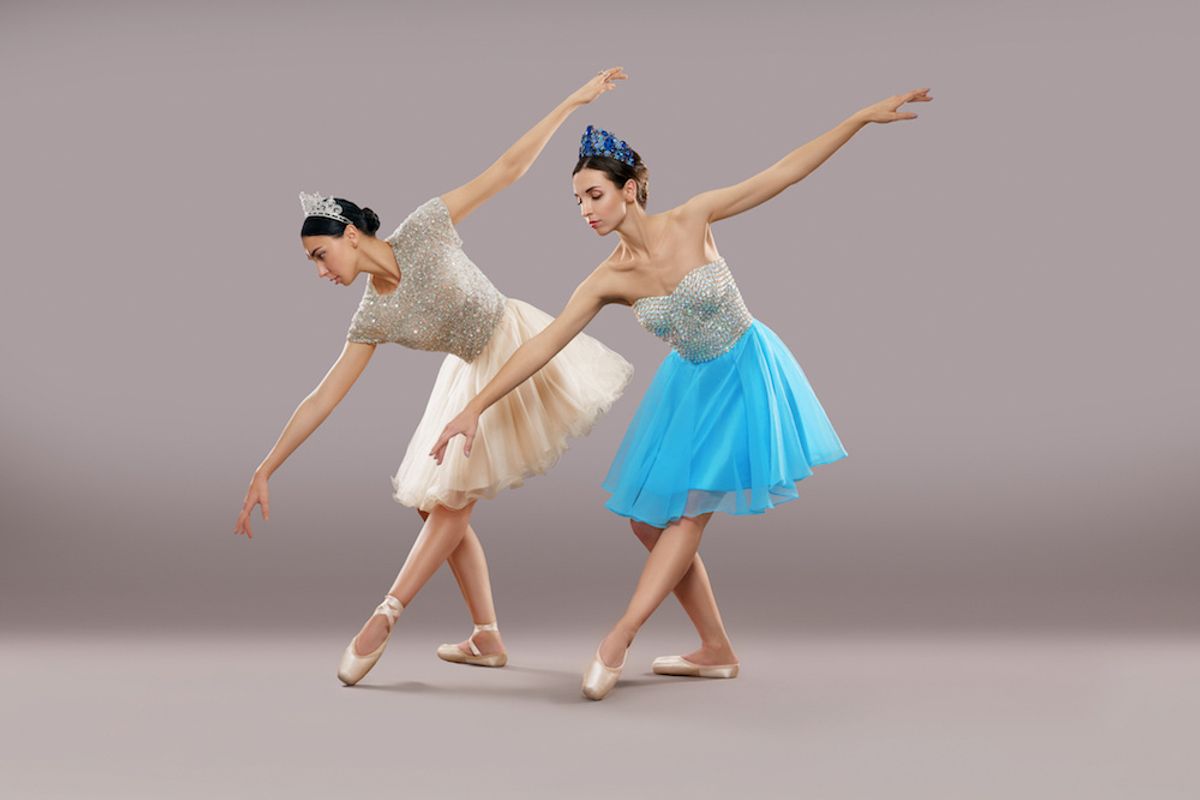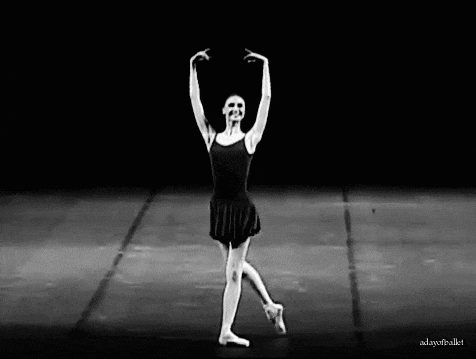
A bow can mean a lot of different things in the dance world. Bowing after class as a group is a sign of respect, an individual bow or curtsy to your teacher before leaving is a sign of gratitude, a bow at the end of a performance is a way to honor the audience for their time that evening, and an encore bow—well, that might be about giving ourselves a pat on the back for a job well-done. No matter what your dancers are trying to convey through them, bows are an important part of dance etiquette that they will need to master.
Check out these three tips for teaching bows that will have your dancers and their manners looking fab!
1. Take Your Time
Teach your students to not rush through their bows with a quick bend of the knees and drop of the head. It should take thought and grace. So often we are feeling rushed to get to the next class or number that we don’t give our bows the time they deserve. Teach them that it should be a meaningful moment where they feel gratitude for the opportunity to be dancing.
2. Acknowledge whom you are bowing to
Make sure your students know that whether it’s one person, or an entire theater full of people, their port de bras and focus should acknowledge them all. Lift to the rafters, express to the back of the theater, and look your partner or teacher in the eye. It’s about them, not about you.
4. Be genuine
After your students bow to you at the end of class, and before they rush off to the next class, tell them to ask themselves if they truly meant it. It can feel a little awkward since their gratitude is directed at you, but this is an important teaching moment. Then, have the group bow one more time, thinking through why they are grateful for class that day, and how their movement can better express that sentiment.





